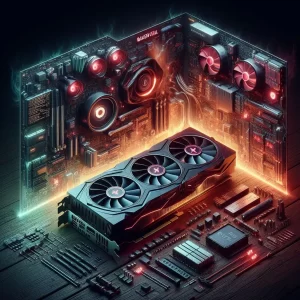Unveiling Success: The 10 Best-Selling Products That Transformed Industries
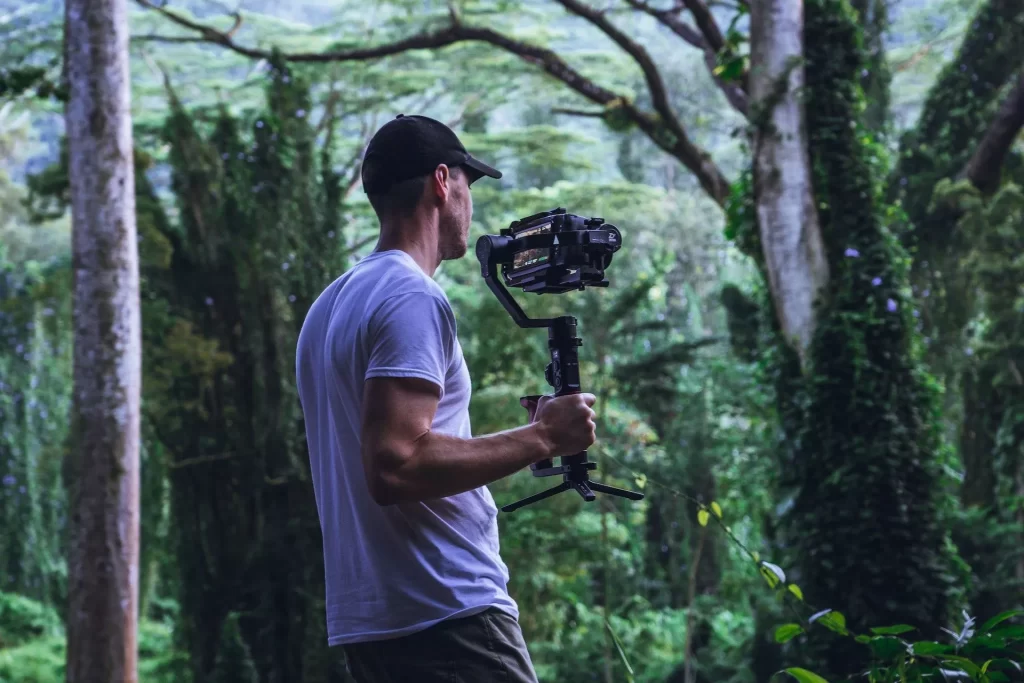
Certain products have revolutionized entire industries, reshaping the way we live, work, and interact. These groundbreaking inventions have not only achieved remarkable commercial success but also transformed the landscapes they entered. From game-changing gadgets to transformative tools, we present to you the ten best-selling products that have left an indelible mark on their respective industries.
The iPhone: Pioneering the Smartphone Era

Hailed as a monumental innovation, the iPhone, introduced by Apple Inc. in 2007, has forever altered the mobile phone industry. Combining a sleek design, intuitive user interface, and an array of revolutionary features, the iPhone redefined the concept of a smartphone. Its seamless integration of software and hardware, along with the App Store, opened up endless possibilities for developers and entrepreneurs, giving birth to a thriving ecosystem of mobile applications and services.
Amazon Kindle: Revolutionizing Reading Habits
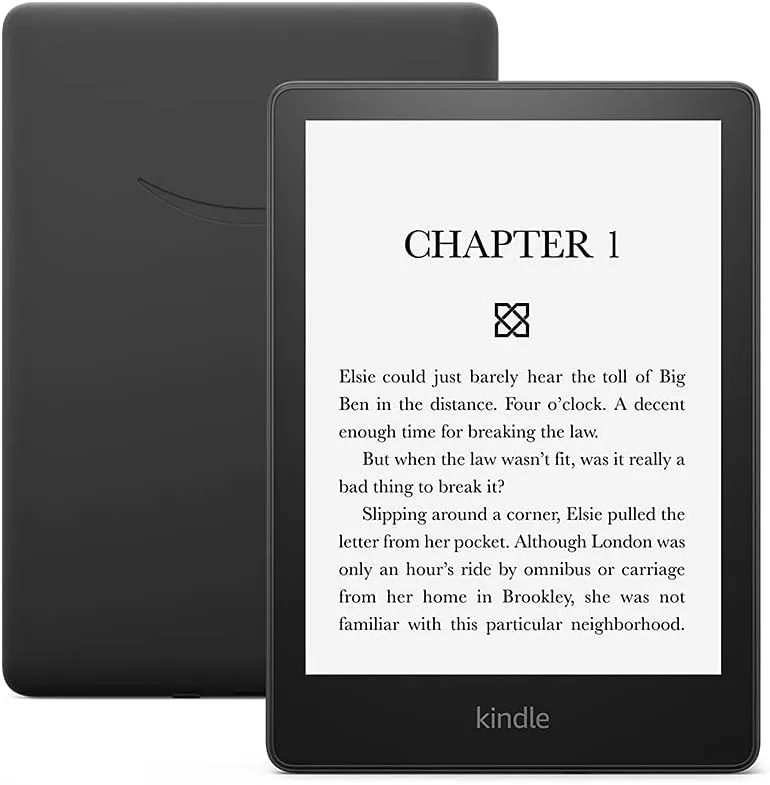
With the advent of the Amazon Kindle in 2007, traditional book reading underwent a paradigm shift. The Kindle offered avid readers a portable, lightweight, and convenient device capable of storing thousands of digital books. Its electronic ink display mimicked the appearance of printed paper, providing a comfortable reading experience. The Kindle’s success paved the way for the widespread adoption of e-books and triggered a transformation in the publishing industry, empowering self-published authors and democratizing access to literature.
Tesla Model S: Electrifying the Automotive Industry

Tesla, under the leadership of Elon Musk, disrupted the automotive industry with the launch of the Model S in 2012. Combining cutting-edge electric propulsion technology with a sleek design and impressive performance, the Model S challenged the notion that electric cars were inferior to their gasoline counterparts. With its long-range capabilities and innovative features like Autopilot, Tesla set a new standard for electric vehicles, inspiring other manufacturers to invest in sustainable transportation alternatives.
Airbnb: Redefining the Hospitality Industry

In 2008, Airbnb burst onto the scene, offering a unique platform for people to rent out their homes, apartments, or spare rooms to travelers. By tapping into the sharing economy, Airbnb transformed the way people find accommodations, providing a more affordable and personalized alternative to traditional hotels. It’s user-friendly interface and robust review system created a sense of trust and community, enabling millions of travelers to explore new destinations while providing additional income opportunities for hosts worldwide.
Fitbit: Empowering Health and Fitness Tracking
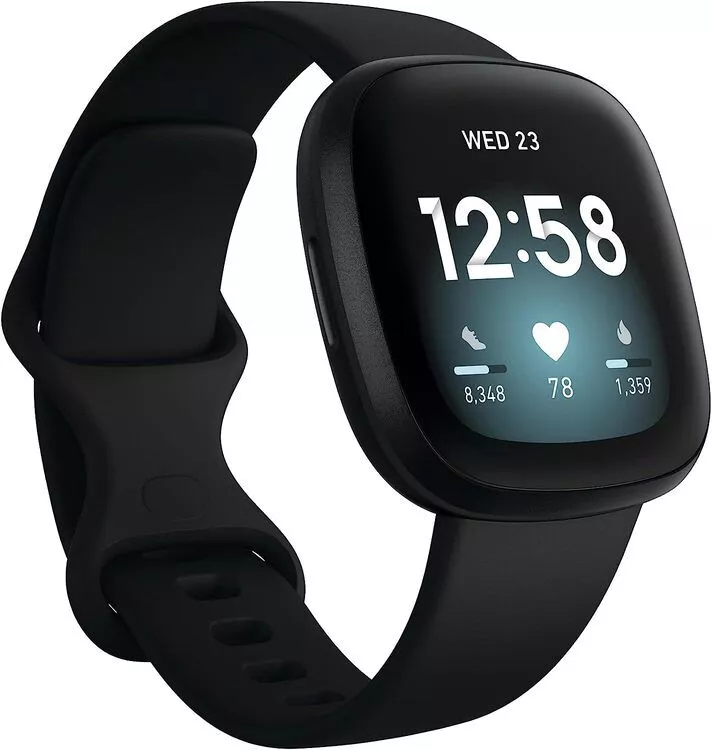
Fitbit, introduced in 2009, revolutionized the health and fitness industry by bringing wearable technology to the mainstream. With its range of activity trackers and smartwatches, Fitbit empowered individuals to monitor their physical activity, sleep patterns, and overall well-being. The device’s integration with a user-friendly mobile app fostered a sense of community, encouraging users to set goals, compete with friends, and make informed lifestyle choices. Fitbit’s success catalyzed a wave of similar devices and applications, shaping the booming market for wearable health technology.
Netflix: Reinventing the Entertainment Landscape

Netflix, originally a DVD-by-mail rental service, transformed the entertainment industry when it shifted to a subscription-based streaming model in 2007. By offering a vast library of movies, TV shows, and original content accessible anytime, anywhere, Netflix disrupted traditional broadcasting and cable networks. Its user-friendly interface, personalized recommendations, and binge-watching culture reshaped viewers’ habits and expectations. The success of Netflix inspired other streaming platforms, leading to a fundamental shift in how audiences consume media.
GoPro: Empowering Action Photography

GoPro, launched in 2004, revolutionized the world of action photography and videography. Its rugged, compact cameras allowed adventurers and athletes to capture high-quality footage in extreme environments. GoPro’s user-friendly design, a wide range of accessories, and impressive durability made it a go-to device for outdoor enthusiasts, professional athletes, and content creators. The rise of GoPro also spawned a new era of user-generated content, enabling individuals to share their adrenaline-fueled experiences with the world.
Oculus Rift: Propelling Virtual Reality into the Mainstream
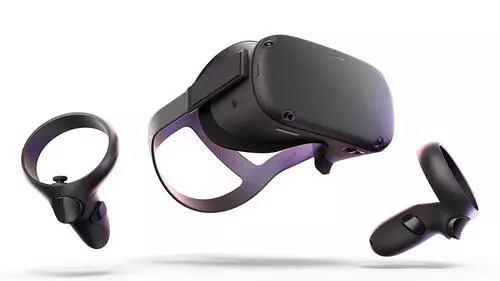
Oculus Rift, introduced in 2012, played a pivotal role in popularizing virtual reality (VR) technology. With its immersive head-mounted display and precise motion tracking, Oculus Rift offered a transformative VR experience to consumers. This groundbreaking product paved the way for advancements in various industries, including gaming, education, architecture, and healthcare. The success of Oculus Rift also inspired other companies to invest in VR technology, propelling the industry forward and unlocking new possibilities for immersive experiences.
Nest Learning Thermostat: Innovating Home Automation

The Nest Learning Thermostat, launched in 2011, brought intelligent home automation into the mainstream. This smart thermostat used machine learning algorithms to analyze and adapt to homeowners’ heating and cooling preferences, resulting in energy savings and increased comfort. Its intuitive interface and connectivity with other smart home devices made it a cornerstone of the emerging Internet of Things (IoT) ecosystem. The Nest Learning Thermostat not only transformed residential energy management but also encouraged sustainable practices among homeowners.
3D Printing: Redefining Manufacturing and Prototyping
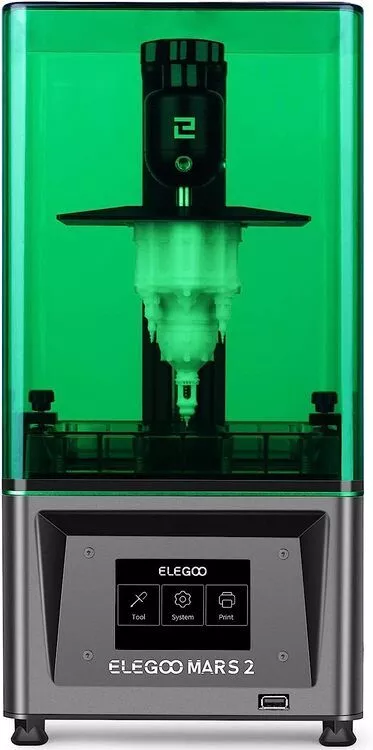
The advent of 3D printing technology revolutionized manufacturing and prototyping by enabling the creation of three-dimensional objects from digital designs. This groundbreaking innovation, which gained significant traction in the early 2010s, allowed for faster and more cost-effective production, customization, and iteration. 3D printing opened up new possibilities across industries, including healthcare, aerospace, automotive, and consumer goods. By eliminating traditional manufacturing constraints, this technology empowered entrepreneurs, engineers, and designers to turn their ideas into tangible products.
Conclusion
The ten best-selling products discussed above have not only achieved exceptional commercial success but have also reshaped industries, redefined user experiences, and sparked innovation on a global scale. From the iPhone’s transformative impact on smartphones to 3D printing’s disruption of traditional manufacturing, these products serve as a testament to human ingenuity and the relentless pursuit of progress. As we move forward, we can anticipate further advancements and new products that will continue to push boundaries, shape industries, and transform the world as we know it.


